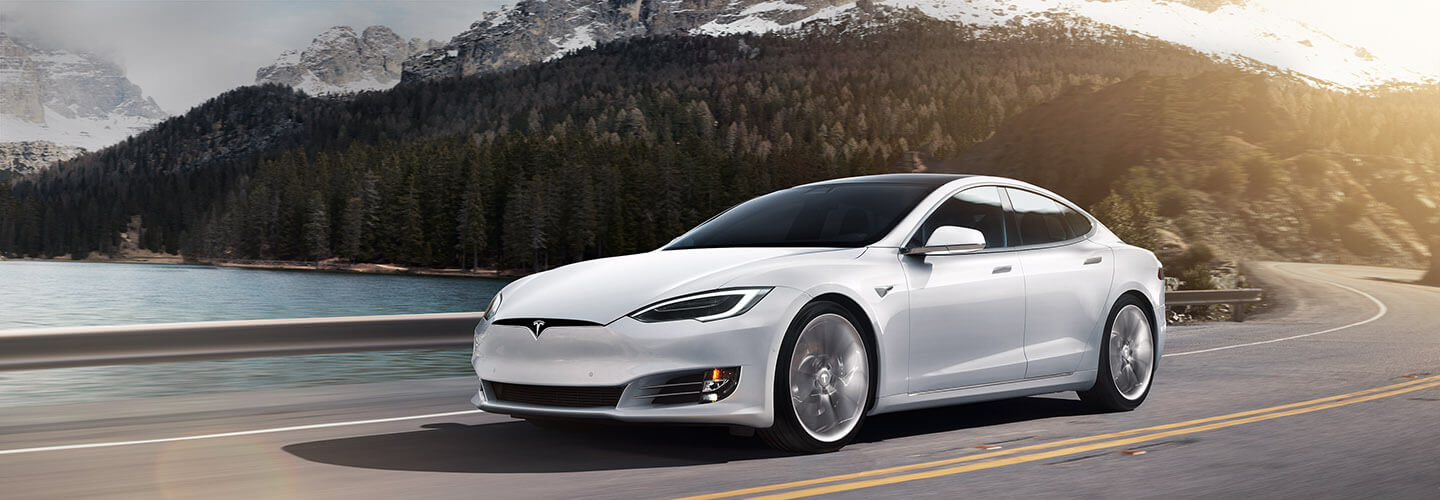 As road traffic continues to increase across Essex, councils are looking for ways to reduce congestion, and the pollution that comes with it. A move to electric vehicles is the only viable long-term solution, but ultimately, electric vehicles still need fossil fuels to be burned to provide the power to charge their batteries. However, new research shows that electric vehicles may be more efficient that diesel ones.
As road traffic continues to increase across Essex, councils are looking for ways to reduce congestion, and the pollution that comes with it. A move to electric vehicles is the only viable long-term solution, but ultimately, electric vehicles still need fossil fuels to be burned to provide the power to charge their batteries. However, new research shows that electric vehicles may be more efficient that diesel ones.
Experiment comparing electric v diesel addresses charging concerns
The growth in the use of electric vehicles (EVs) is accelerating thanks to more choice, an improved charging infrastructure, government incentives and targets along with reductions in some initial purchase prices. There are, however, concerns over the amount of fossil fuels required to charge EVs, and whether they’re really more economical and environmentally friendlier than their diesel powered counterparts.
In 2017, 47,000 plug-in cars (so including plug-in hybrids along with ‘all-electric’ models) were registered in the UK so setting a new record which in itself beat the record set the previous year by 10,000.
Charging EVs – transferring fossil fuel consumption?
A key counter argument to the view that electric power should lead the way in reducing fossil fuel consumption and protecting the environment is the amount of fossil fuel in the form of gas, oil and coal needed to charge an ever-increasing number of batteries on a regular basis.
Inevitably, more battery charging as EVs become more widespread means increased demands on the electricity infrastructure, so in time power stations may have to run at higher outputs over longer periods of time to meet the demand. This obviously means more fossil fuels being used in generating power so, the theory goes, offsetting the reduction of diesel and petrol used as the number of diesel and petrol vehicles declines.
An experiment paints an optimistic picture for electric power
An experiment conducted by the Tesla Owners Club Western Australia showed how diesel consumption could be reduced in charging an EV’s battery compared to using a diesel powered car.
In the experiment, an electric powered Tesla Model S was lined up against a diesel powered Volvo V40. The Tesla’s battery was charged by a diesel generator such as the type available from this company providing London generator hire, and the Volvo was filled up with diesel.
The generator also started with a full tank of diesel and it was refilled once the Tesla’s battery was charged. Both vehicles travelled 62 miles and, once the Tesla had used up its 18 kWh charge from the generator, the Volvo’s tank was brimmed again.
The amount of diesel required to power the Tesla over the same distance as the diesel Volvo was nearly half a litre less; the diesel engined Volvo was lighter and smaller than the Tesla so making the result even more encouraging for the implications of fossil fuel versus electric power usage.
An essential truth
There are a few questions that can be asked about the absolute validity of an experiment like this; for example, the generator’s engine would operate at constant revs while the Volvo’s diesel engine would vary depending on driving conditions so possibly altering fuel consumption.
Even so, the experiment contains at least an essential truth in that the overall power generation for battery charging versus direct fuel usage with fossil fuel powered engines shows it’s likely that EVs will consume less fossil fuel for recharging.
Transferring the emissions
Another key factor in the increased number of EVs on the roads is in improving the pollution situation, especially in towns and cities.
If more fossil fuels are used at the power stations to increase electricity production required to charge an increased number of EV batteries, it’s true extra emissions would be the consequence. There again, due to the reduction of fossil fuel powered vehicles on the roads, emissions are being transferred to the more remote areas power stations tend to be located in compared to city and town centres and congested roads where they can harm far more people.



